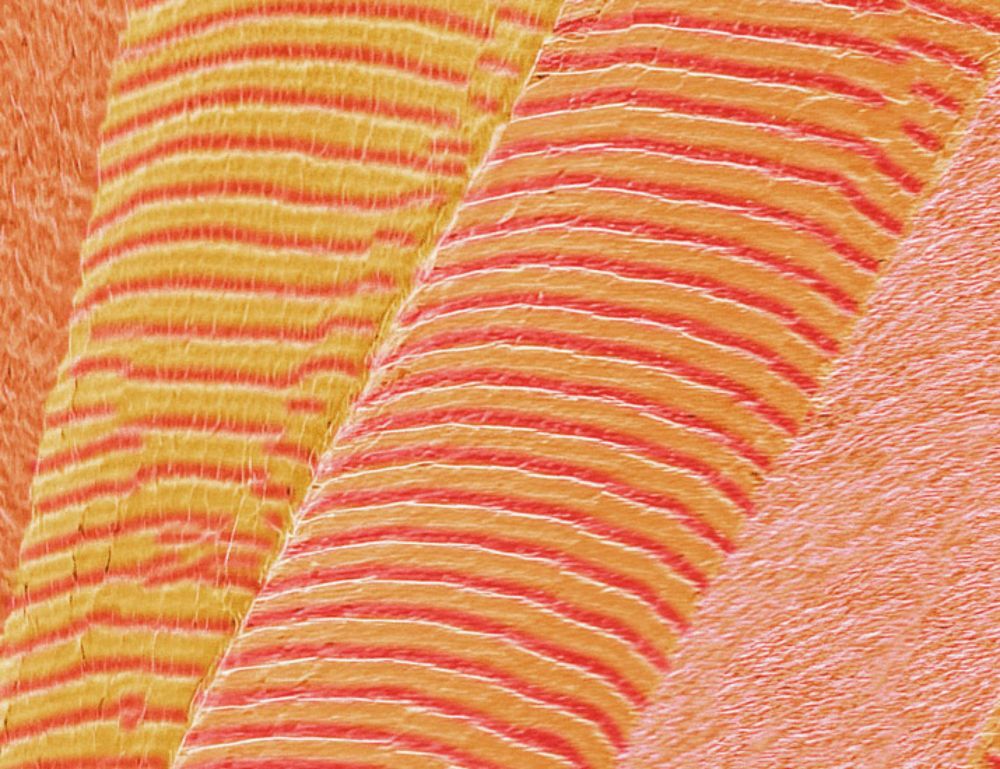Joachim Nielsen
@joachimnielsen.bsky.social
280 followers
200 following
37 posts
Associate Professor in Muscle Physiology and Metabolism. University of Southern Denmark.
Posts
Media
Videos
Starter Packs
Reposted by Joachim Nielsen
Reposted by Joachim Nielsen
Reposted by Joachim Nielsen
Reposted by Joachim Nielsen
Reposted by Joachim Nielsen
Reposted by Joachim Nielsen
Reposted by Joachim Nielsen
Reposted by Joachim Nielsen


















